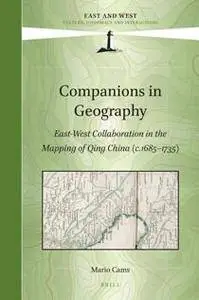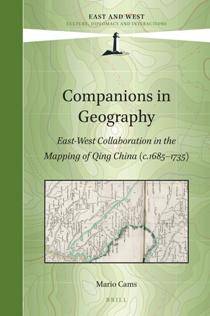Companions in Geography :
East-West Collaboration in the Mapping of Qing China (c.1685-1735)
by Mario Cams
English | 2017 | ISBN: 9004345353 | 295 Pages | PDF | 12 MB
East-West Collaboration in the Mapping of Qing China (c.1685-1735)
by Mario Cams
English | 2017 | ISBN: 9004345353 | 295 Pages | PDF | 12 MB
In Companions in Geography Mario Cams explores the early 18th century mapping of Qing China, one of the largest scientific projects of the early modern world and shaped by the collaboration between European missionaries and Qing officials.
Material objects, geography, and chronology all undergird the structure of this book’s three chapters, recapitulating the consecutive stages of the Qing mapping project: “build-up,” “land surveys,” and “aftermath.” The narrative opens in the first chapter with the origins and intercontinental journeys of different surveying instruments between France and the Qing and closes in the third chapter with the proliferation and movements of the resultant maps in the opposite direction. The two intersect in the second chapter, in which surveying teams bearing instruments from the capital outward to the hinterland (or the provinces and outlying regions of the Qing) employed the observations and measurements acquired therewith to begin drawing maps on the spot, which they in turn forwarded to the capital.
This study aims for a deeper understanding of how the circulation of cartographic material and cartographic practice played out between and within Europe and East Asia around the turn of the eighteenth century. It does so by tracing the trajectories of two kinds of material objects, instruments and maps, closely following the processes of their many adaptations and partially reassembling the constantly changing web of social relations that emerges from tracking their peregranations. The result is a new cartography of cross-cultural circulation revealing unstudied patterns and actors while emphasizing their basic connectedness.



